If you’ve been looking at water filtration solutions for your home, you’ll know that reverse osmosis is one of the most popular options.
Typically, reverse osmosis filters are installed in a point-of-use location: beneath your kitchen sink. This gives you immediate access to water that has been filtered by a reverse osmosis system from your faucet.
There’s no denying that reverse osmosis systems are incredibly good at what they do – but what if they’re too good? You may have read the recent World Health Organization report that expressed concern around drinking RO water, accompanied by several damning studies, that probably only intensified your own concern.
So, does drinking reverse osmosis water have the potential to do more harm to your health than good? You’ll find all the answers you’re looking for in this guide.
📌 Key Takeaways
- Reverse osmosis is a popular option for home water filtration systems and provides clean, safe, and healthy drinking water, but it also removes healthy minerals and salts found in tap water..
- Reverse osmosis systems are beneficial as they guarantee safe drinking water, save money on bottled water, reduce sodium from softened water, and improve cooking.
- RO disadvantages include the removal of healthy minerals and the need for maintenance and frequent filter changes.
Table of Contents
- 🤔 What is Reverse Osmosis Water?
- ⚗️ What Does Reverse Osmosis Remove from Water?
- ✅ Advantages of RO Water
- ❌ Disadvantages of Reverse Osmosis
- 🩺 Is Drinking Water From A Reverse Osmosis System Bad For My Health?
- 🧐 Can I “Remineralize” RO Water?
- 🔎 Alternatives to Reverse Osmosis Systems
- 📑 The Bottom Line
- ❔ Frequently Asked Questions:
🤔 What is Reverse Osmosis Water?
Reverse osmosis RO water is drinking water that has been filtered in a reverse osmosis system.
This type of water filter consists of several filters: a sediment pre-filter, an activated carbon filter, and a post-filter. Between the AC filter and the post-filter is a semi-permeable membrane, which is responsible for removing the good majority of contaminants from drinking water.
During the reverse osmosis process, water is forced at a high pressure through each filter stage – which greatly reduces sediment, environmental impurities, chlorine and lead – before entering the RO chamber. Hitting the RO membrane with such a strong force means that only the water particles, which are small enough to fit through the membrane, are able to pass through.
The contaminants, on the other hand, which are all larger than the membrane’s 0.0001-micron pores, are too large to pass through, and bounce back into the RO chamber. These contaminants are then sent down the drain along with some water waste.
The water that leaves the RO system is, thanks to this intensive process, clean to the point of being pure.

⚗️ What Does Reverse Osmosis Remove from Water?
Reverse osmosis removes more than 99.9% of all TDS (total dissolved solids) from drinking water.
This includes contaminants such as:
- Heavy metals (lead, manganese, chromium, nickel, arsenic, etc.)
- Chlorine, chloramines and similar chemical contaminants
- Bacteria
- Salts
- Radium
- Fluoride
- Minerals
- and more
It’s actually easier to say what reverse osmosis systems can’t reduce or remove – they may struggle to fully eliminate agricultural chemicals that leach into the environment like pesticides and herbicides, certain dissolved gasses, and some particularly small microorganisms, like viruses.
You can see that the effectiveness of reverse osmosis systems is actually to their detriment as well as their benefit. They may remove traces of harmful impurities, but they also reduce or remove healthy minerals and salts that are found in American alkaline water sources.
👨🔧 Related: Does reverse osmosis make water acidic?
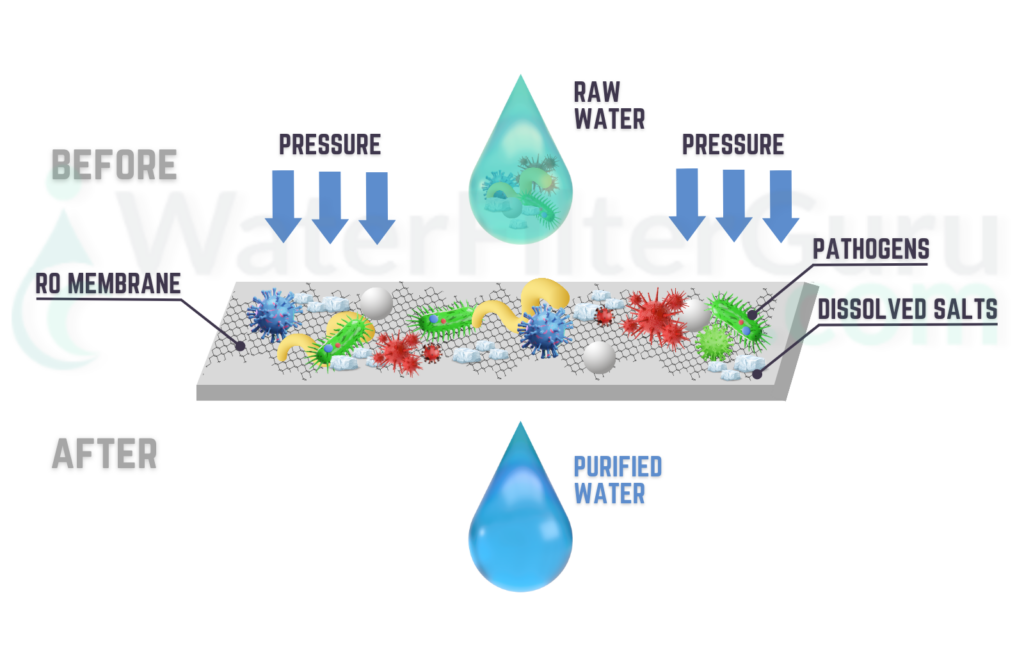
✅ Advantages of RO Water
There’s no denying the advantages of drinking reverse osmosis water, particularly when it comes to your health. Some of the best benefits of RO water include the following:
Water is Guaranteed Safe to Drink
Even modern tap water supplies are laced with contaminants that may be harmful or toxic to our bodies when consumed in the smallest amounts, such as lead. A reverse osmosis system can provide water that’s completely safe to drink, with these dangerous contaminants filtered out during the RO process.
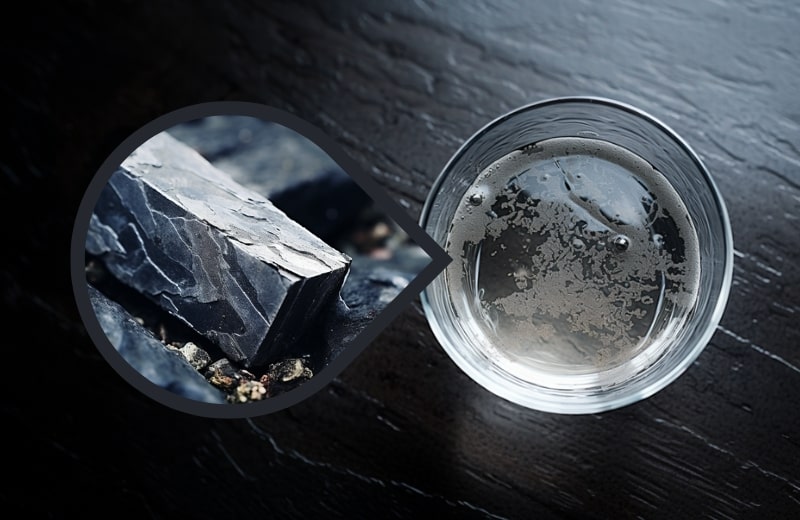
Not only that, but it also filters out other contaminants that can be detrimental to our health including bacteria and parasites. This is especially helpful if you live in an area where water is not potable.
Save Money on Bottled Water
Does your family rely on plastic water bottles to get by? If you currently don’t drink from your home’s kitchen faucet, whether because it smells bad or because it’s contaminated with dangerous pollutants, you’re probably spending a few hundred extra dollars per month on bottled water just to stay hydrated.
One of the best benefits of buying a reverse osmosis water filter for drinking purposes is that you won’t need to factor in for buying commercial water bottles ever again. This could save you hundreds, maybe even thousands, of dollars on a yearly basis – plus, you’re doing your bit for the environment.
Reduces Sodium from Softened Water
A reverse osmosis system at your kitchen sink can mitigate the adverse effects of a whole-house softening system. Yes, it’s a fact that your home’s plumbing, pipes, faucets and fixtures can benefit hugely from salt-softened water, especially if you’re dealing with a serious hard water issue.
However, if you have high blood pressure you may be encouraged by your health care professional to follow a low sodium diet. A reverse osmosis water system would remove this added sodium and therefore may be beneficial for you.
Better Cooking Option
Reverse osmosis water can also give your foods a better taste. Preparing foods to eat with water containing iron, sulfur or chlorine sometimes may cause the taste of foods to change or worsen, particularly if you’re boiling foods in this water.

Pure water can really make a huge difference when you’re making soups, boiling pasta or whipping up a batch of homemade bread.
❌ Disadvantages of Reverse Osmosis
As with any water treatment option, reverse osmosis water filters do have their disadvantages. Let’s take a look at some of the drawbacks of consuming reverse osmosis water.
Healthy Minerals Removed
As I mentioned briefly earlier, reverse osmosis filters are so good at what they do that they remove everything from a standard glass of tap water – and, in fact, that includes the beneficial minerals.
We know from research that vitamins and minerals like calcium and magnesium are essential nutrients for the health of the human body, and are needed for strengthening teeth and bones, improving the body’s ability to regulate blood pressure and much more.
Demineralized water contains a lack of these particular vitamins and minerals, and has the potential to impact your health and cause concerns linked to your metabolism of kidney function if you don’t get your nutrition from an alternative source.
Expensive Purchase & Maintenance
It’s not a disadvantage of reverse osmosis water itself, but the system that produces it: RO water systems are costly to purchase and maintain. You’ll need to ensure that each stage of the filtration system is working at its optimum, which means replacing the filters when required.
Typically, filters need changing once every 6-12 months, while the RO membrane needs replacing every 2 years. Not only that, but reverse osmosis systems may require professional maintenance to ensure its safety and effectiveness.
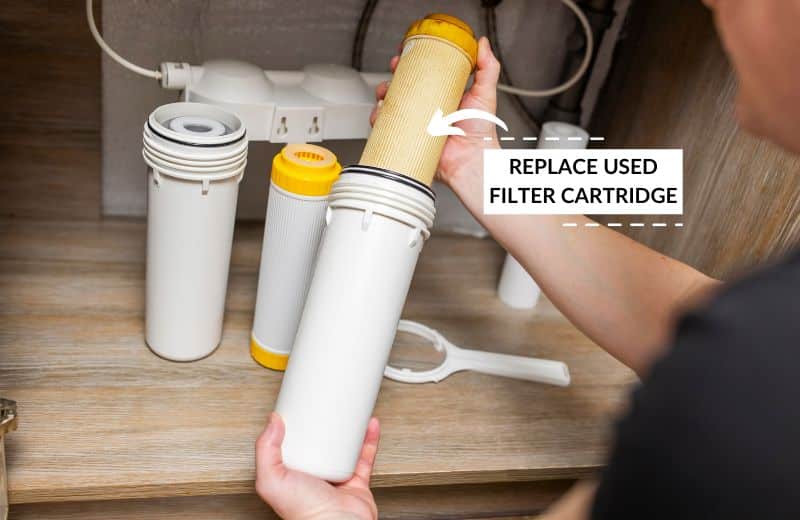
“Flat” Taste
While reverse osmosis water is safe to drink, some people don’t enjoy its taste. Fresh water from an RO system, on the other hand, has had these essential elements removed in the filtration process, which will give it a related “flat”, unappealing taste. Drinking water that goes through reverse osmosis filtration may make your coffee or tea taste worse than alkaline water due to its higher pH.
Wasted Water
If you desire a reverse osmosis filtration system you’ll have to accept that the RO method does waste water in the process. This is an unavoidable aspect of producing pure water using the RO filtration process – no amount of research or testing has determined a suitable answer to this problem. Unfortunately, some inefficient reverse osmosis water systems may generate up to 10 gallons of reject water for every gallon produced.
🩺 Is Drinking Water From A Reverse Osmosis System Bad For My Health?
If you’ve read the all-round negative public report by the World Health Organization on the reverse osmosis water filters, you’re probably especially concerned about the negative health effects associated with drinking reverse osmosis water.
This report states that drinking water produced from a reverse osmosis system “has a definite adverse influence on the animal and human organism” and is not beneficial for long term consumption.
Safety Concerns of Reverse Osmosis Systems
As mentioned earlier reverse osmosis removes everything including nutrients like magnesium and calcium which are essential for human health. In short, the WHOs report states that drinking water that is low in beneficial magnesium and calcium can lead to a variety of health issues including reduced hydration and a reduction in mineral intake.
The biggest associated concern, is usually linked to the fact that the typical Westernized diet simply doesn’t contain all of the essential nutrients we need to survive. This is because the American diet lacks variety and is limited in fruits and vegetables.
When we have a diet that is lacking in nutrients like calcium and magnesium, our bodies may rely on water to get these essential minerals. However, with demineralized water, this can lead to mineral deficiencies if we are not mindful.
While it’s certainly important to consider this expert case report, if you drink fresh RO water that has had little time to accumulate toxins, and you also accompany your hydration habits with a balanced diet, you have little to worry about.
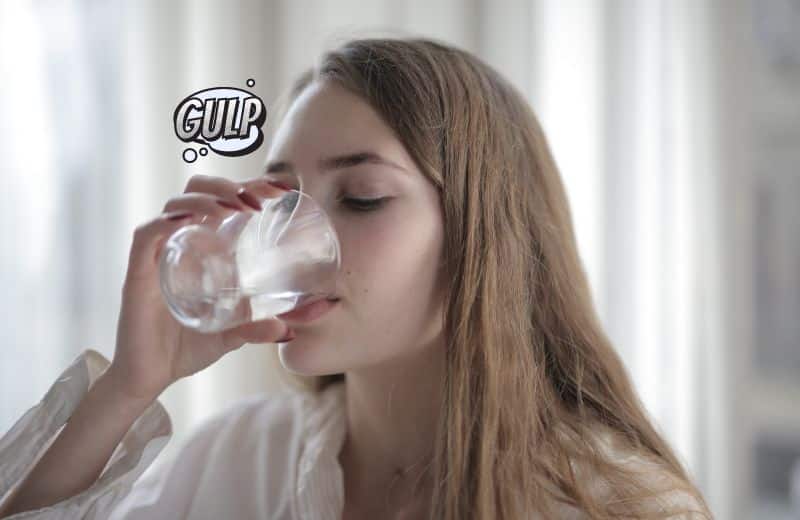
🧐 Can I “Remineralize” RO Water?
While reverse osmosis water is considered safe drinking water, and you can get all the minerals that the RO process removes by following a well-rounded diet, you may still want to remineralize your RO water for the sake of your health or drinking enjoyment.
Remineralization Filter
Many RO systems come with a remineralization filter, which is the easiest solution for reintroducing healthy minerals. If your filtration system didn’t come with a remineralization filter, you can buy an additional filter to install at your waterline that adds minerals back after the RO water system.
Mineral Drops
Another option would be to introduce minerals manually with mineral drops. These are available in health stores or online. Instructions vary depending on the manufacturer, but it’s not a difficult task. Most mineral drops are concentrated, and a couple of drops in a single pitcher is enough.
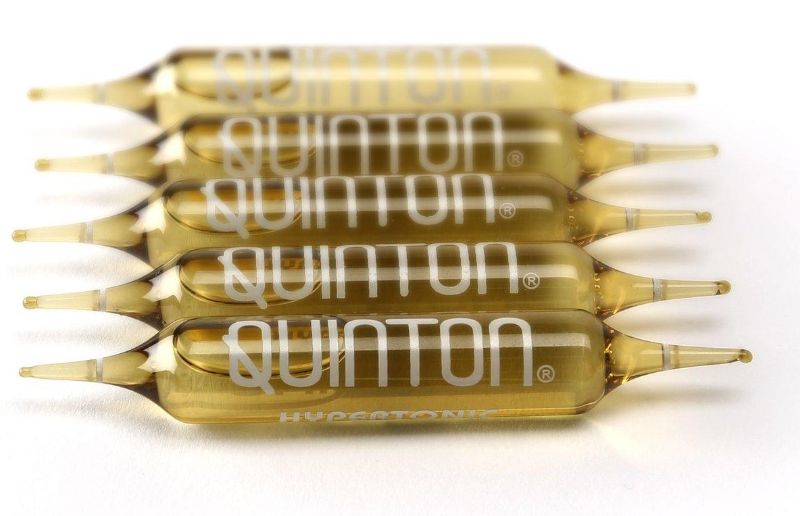
🔎 Alternatives to Reverse Osmosis Systems
Although reverse osmosis filtration is highly effective at purifying water, it may not be the most suitable option for homeowners in regions like Europe and North America, where tap water is typically drinkable and of high quality, according to WHO, EU, and EPA standards.
For households with potable tap water, simpler and more cost-effective filtration systems may be more appropriate, particularly those that enhance taste and eliminate potential contaminants.
👨🔧 Please read this article for more details on the differences between reverse osmosis water systems vs. water filters including cost, installation and maintenance, pros, cons and more.
📑 The Bottom Line
Reverse osmosis water filtration is considered one of the most effective methods of water filtration available today. While we know it produces purified water that is safe to drink, it also removes all of the beneficial micronutrients that are essential to our diet, wastes water, and is costly to the consumer.
In Europe and North America most municipal water is generally safe to drink without additional filtration, so a reverse osmosis water system may not be necessary.
However, at the end of the day if you opt for a reverse osmosis water system, just make sure you eat a balanced diet rich in vitamins and minerals like fruits and vegetables, which is naturally higher in the likes of calcium and magnesium anyway.
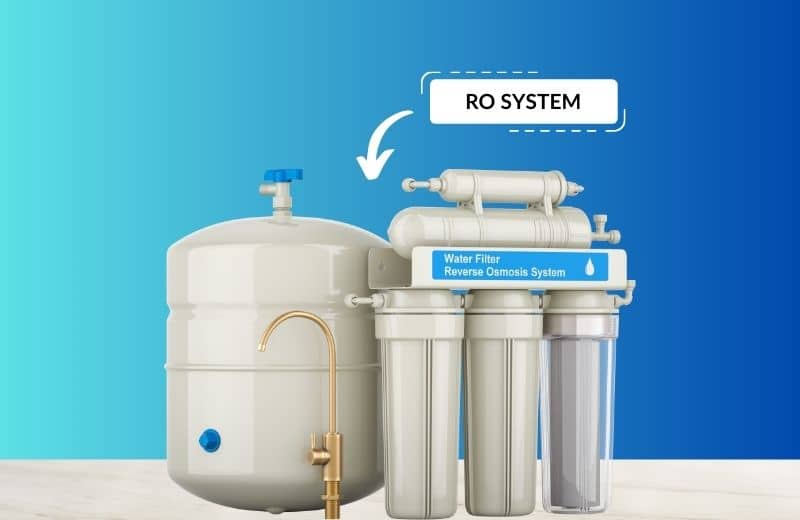
❔ Frequently Asked Questions:
Can You Drink Reverse Osmosis Water Everyday?
The World Health Organization, warns against drinking demineralized water produced by reverse osmosis or distillation and is not suitable for long term human consumption.
Is Water From Reverse Osmosis Healthy?
Water from RO systems is not “unhealthy”. It removes harmful contaminants but also removes healthy minerals. Even though it removes these healthy minerals as long as you eat a variety of foods and have a balanced diet you are not at risk for developing mineral deficiencies.
